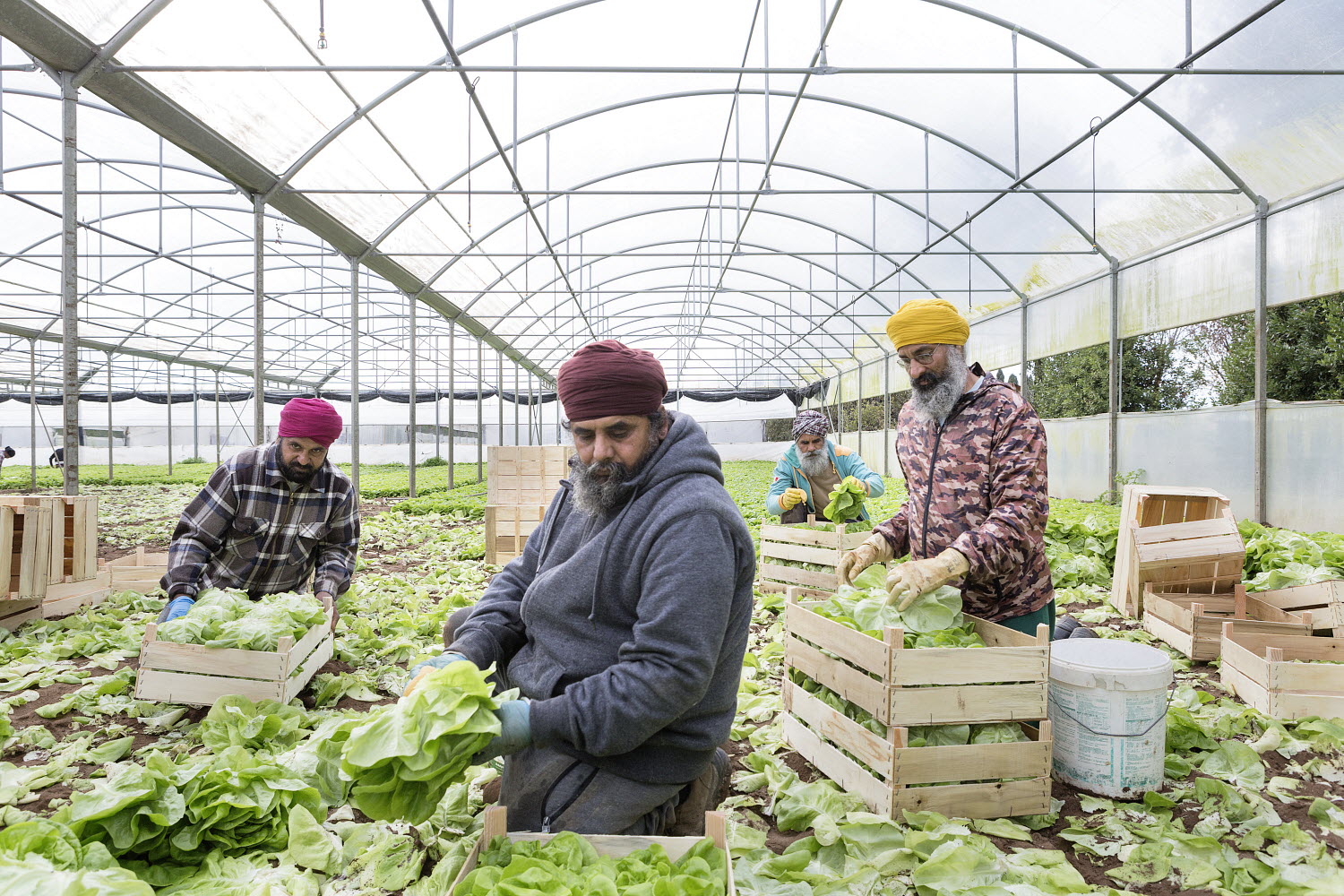World Bank’s Julian Lampietti talks partnership and transforming agrifood systems

Julian Lampietti, World Bank Manager for Global Engagement in the Agriculture and Food Global Practice, recently spoke about the Bank’s 50+-year partnership with FAO through the FAO Investment Centre, and the urgent need to change the trajectory of the world’s agrifood systems.
What are some priority areas right now?
Even before the war in Ukraine, international food and fertilizer prices were rising, threatening to push more people into hunger and poverty. The current situation may well exceed the impact of the food price crisis in 2008. Right now, we all need to lean in to help the world address this rapid rise in food prices and to focus on the upcoming cropping season, so that the patterns we’re seeing are not exacerbated.
That said, I believe there is an opportunity to fundamentally change the way things are done. In the current agrifood systems arc, we are essentially destroying the planet to feed ourselves. But we have an opportunity to bend that arc, to make these systems greener, more sustainable, resilient and efficient. Let me give a simple example. Fuel and fertilizer prices are going through the roof right now, and there’s a danger that farmers will not fertilize their crops. We know that fertilizers are a major source of carbon emissions and environmental pollution. Working together, the Bank and FAO are well positioned to help farmers use less fertilizer more efficiently through precision agriculture, digital technologies and nature-based solutions. The agrifood sector accounts for about 30 to 40 percent of greenhouse gas emissions, but the beauty is that it also can be a carbon sink. Well-functioning agrifood systems can also be a major source of biodiversity, good jobs, healthy and nutritious diets. I feel we are at the cusp of a transformative opportunity.
What value does our partnership bring to countries and the World Bank?
We value our longstanding partnership with FAO tremendously. For us, it’s an opportunity to access the knowledge and skills of the world’s premier institution on food and agriculture. Our joint work on climate-smart agriculture and the decarbonization of the food system, for example, can make a big difference. The same goes for our work on One Health. We’ve produced joint studies that look at preventing emerging infectious diseases and reducing pandemic risks at their source. This work is well aligned with the mission of the Bank and FAO in terms of pure public goods.
The Investment Centre’s interest in mobilizing more private agrifood investment is another important area that will have a big impact in countries. Private investment is key to bending that agrifood systems arc. While governments invest around USD 500 to 700 billion a year to support their agrifood sectors, the private sector has trillions of dollars. We look forward to working closely with the Centre under its new transformation plan to promote more responsible private investment in food and agriculture.
What role do our joint studies play in designing future work?
Our study on the decarbonization and recarbonization of the agricultural landscape will be a key piece of work in the next year. It will provide a big leap forward in how the Bank and other institutions understand how to take advantage of the opportunities afforded by food and agriculture. It will influence the Bank’s investment portfolio, not just the USD 5 billion we do annually but also the USD 20 billion in current commitments. We also really value the skills that FAO brings to the table on eliminating child labour in agriculture. They are helping to build the capacity of our investment project design teams to identify and assess child labour risks in a more systematic and long-term way.
What are some priority areas for the coming years?
It goes without saying that we need to continue ramping up our work together on climate-smart agriculture and digital innovation. But one exciting opportunity I see for close cooperation is on the repurposing agenda. How do we influence countries to spend that annual USD 500 to 700 billion in support of agrifood sectors to do more good and less bad? It involves understanding trade-offs in terms of incomes, nutrition and the environment. Another important area is agricultural biodiversity, which is key for resilient agrifood systems. We need to find more ways to integrate that type of resilience building into our agricultural investment projects. And finally, the Bank is an official member of the Global Network on Food Crises, housed in FAO. We look forward to working closely through the network to better coordinate actions across countries facing alarming food insecurity, like Afghanistan, Yemen and many others.
Check out the latest joint World Bank and FAO Knowledge for Investment (K4I) publications:
Urban food systems governance: current context and future opportunities
Up-skilling human capital for value-chain competitiveness in Uruguay
